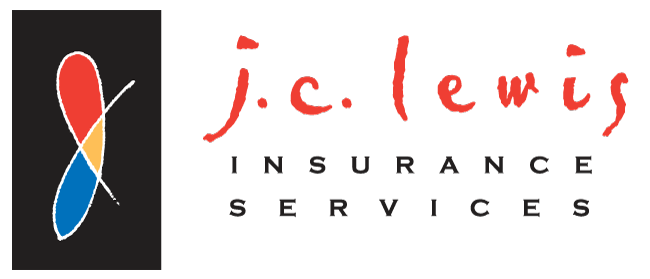Finding a suitable – and affordable – individual health insurance plan can be challenging.
There are so many options, it seems, and a bewildering number of factors to consider. That being said, it is also true that most people tend to gravitate towards either an HMO or PPO plan.
But those are not your only options.
Considering an EPO Health Insurance
So, what exactly is an EPO plan?
EPO stands for “Exclusive Provider Organization”. It is a type of health plan that provides a local network of doctors and hospitals for you to choose from. As a member of an EPO, you can use the doctors and hospitals within the EPO network.
Typically, but not always, you will be required to choose a Primary Care Physician or PCP.
If you choose to get care outside of your plan’s network, there are typically no out-of-network benefits. It usually will not be covered, except for emergencies.
An EPO is usually more affordable than a PPO plan in that it usually offers lower monthly premiums. However, you must be willing to pay a higher deductible when you need health care. That is if you want to consider an EPO plan.
EPO Health Plans: Pros and Cons
Perhaps the biggest advantage of an EPO health insurance plan, aside from a possibly lower premium, is that you typically do not need referrals to see specialists. This can make the process much faster if you already know what you need. Especially if you don’t want to go through your PCP for a referral first.
In most cases, an EPO plan can be right for you. But only if you don’t want to be referred to a specialist and the lower monthly premium rate is important for you.
A typical EPO member scenario could be illustrated like this:
Faith is 28, single, and is a trainer for a national company that has offices throughout the United States. She also has a medical condition that occasionally requires her to see a specialist a few times a year.
Faith went with an EPO that has a large national network since she travels quite a bit for her job. This way, she knows that if she ever needs care in another state, she’ll be able to find a specialist in her network. And, because her EPO plan doesn’t require referrals, having a higher deductible is still worth it.
To sum up this overview of EPO health insurance, the biggest disadvantage of this type of plan is that any care received by providers outside of the EPO network is not covered. However, it is because of this limitation that EPO plans are generally well-suited for individuals who do not anticipate needing a great deal of medical care and want to save money.
Understanding Premiums, Deductibles, and CoPays
Most people tend to focus on the monthly premium required for their health coverage and then on the copays needed for office visits and prescriptions. However, for many people, the details start to get a bit fuzzy when it comes to deductibles and out-of-pocket maximums.
In brief, your premium is the amount you pay for your health insurance every month.
The deductible, according to HealthCare.gov, can be defined as,
“The amount you pay for covered health care services before your insurance plan starts to pay. With a $2,000 deductible, for example, you pay the first $2,000 of covered services yourself.
After you pay your deductible, you usually pay only a copayment or coinsurance for covered services. Your insurance company pays the rest.”
A copayment, or copay, is simply a fixed amount you must pay for a covered health care service after you’ve paid your deductible.
And one other important number is the out-of-pocket maximum, or ceiling. This is the maximum amount you have to pay for covered services during a plan year.
After you spend this amount on deductibles, copayments, and coinsurance for any in-network care and services, your health plan begins paying 100 percent of the costs of covered benefits.
Keep in mind that this out-of-pocket limit does not include:
- Your monthly premiums
- Anything you spend for services your plan doesn’t cover
- Out-of-network care and services
- Costs above the allowed amount for a service that a provider may charge
For the 2020 plan year, the out-of-pocket limit for a Covered California plan can’t be more than $8,150 for an individual and $16,300 for a family.
Your Local “Go-To” Professionals for Health Insurance and Guidance
JC Lewis Insurance is a long-time family-owned firm made up of expert brokers and based in Sonoma County. We offer California health insurance plans from only the leading health insurance carriers that are licensed to do business in California.
In addition to being experienced, professional brokers, we are licensed and certified by each of these insurance carriers to offer coverage to individuals, families, and small group employers in addition to Medicare supplemental and prescription drug plans for seniors.
Perhaps you are self-employed, or your employer doesn’t provide health benefits. That’s when an individual or family plan can be the best option for you, or you and your family.
When you’re shopping for medical insurance for you and your family, you are likely to have a number of questions and concerns. That’s great because we welcome your questions about health coverage insurance and you can be confident that JC Lewis Insurance Services will help you find the right solution.



